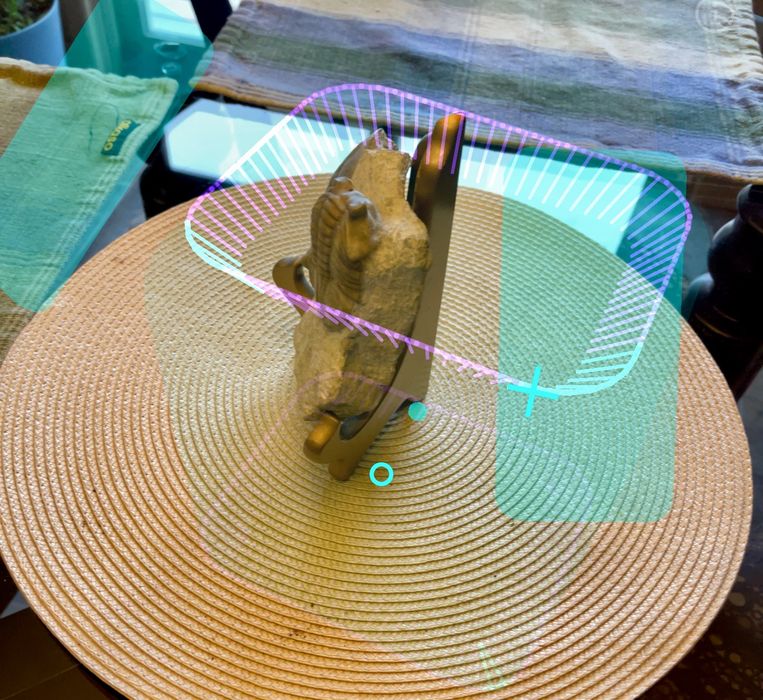3D modeling has always been one of the most complex and time-consuming parts of digital art and design. However, with major advancements in Artificial Intelligence (AI), the process has changed dramatically. AI now helps simplify, accelerate, and even enhance creativity, making 3D design more accessible than ever before.
In this guide, we’ll explore the main AI approaches used in 3D model generation and introduce some of the best tools you can try today.
Main AI Approaches in 3D Model Generation
1. Text-to-3D
Generate 3D models directly from a text description — for example: “a flying dragon with large wings and green scales”. This is powered by generative architectures like Diffusion Models, and makes 3D accessible even to non-specialists.
2. Image-to-3D
Reconstruct 3D objects or scenes from 2D images. AI analyzes light, shadow, texture, and depth to produce realistic models — a staple in AI-assisted photogrammetry.
3. Neural Radiance Fields (NeRFs)
NeRFs learn a radiance field from a series of 2D images, enabling high-detail rendering of new viewpoints without traditional mesh creation.
4. Generative Models (GANs & Diffusion Models)
These can produce entirely new and realistic 3D models from scratch, though often combined with user inputs (text or images) for more control.
Best AI Tools for 3D Model Generation
1. Luma AI
- Specialty: NeRFs & video-to-3D conversion
- Key Feature: Capture objects or scenes with your smartphone to create photorealistic 3D reconstructions Luma AI . Apple.
- Best For: Scanning real-world objects, environments, or people for quick 3D modeling.

2. Meshy
- Specialty: Text-to-3D & Image-to-3D generation
- Key Feature: Instantly turn text prompts or images into fully textured 3D models with built-in editing tools Meshy AI +1 . ExploreAI.tools.
- Best For: Designers, game developers, and rapid prototyping workflows.
3. Blockade Labs – Skybox AI
- Specialty: Text-to-Environment & Skybox creation
- Key Feature: Generate 360° panoramic worlds in 8K resolution from simple prompts (HDRI exports available) Blockade Labs +1 . Skybox AI.
- Best For: Environment design, VR backdrops, and immersive world-building.
4. Instant-NGP (NVIDIA)
- Specialty: Ultra-fast 3D reconstruction from images
- Key Feature: Reconstruct high-detail scenes in seconds — ideal for applications and research demanding speed and precision.
5. Spline (AI Features)
- Specialty: Web-based 3D design with AI assistance
- Key Feature: Offers text-to-texture and intuitive modeling aids — great for browser-based creative workflows.
6. Hitem3D.ai
- Specialty: Image-to-3D asset generation
- Key Feature: Streamlined conversion of 2D images into usable 3D assets for AR/VR and game development.
The Future of AI in 3D Modeling
As AI technology evolves, we can expect capabilities like complex model creation and even fully generated 3D animations from simple prompts. These advancements will democratize 3D design across industries—gaming, film, AR/VR, product design, and more.
Pro Tip: New to AI-based modeling?
Start with Luma AI for scanning real objects or Meshy for fast text-based model generation—they offer a gentle learning curve and impressive results.